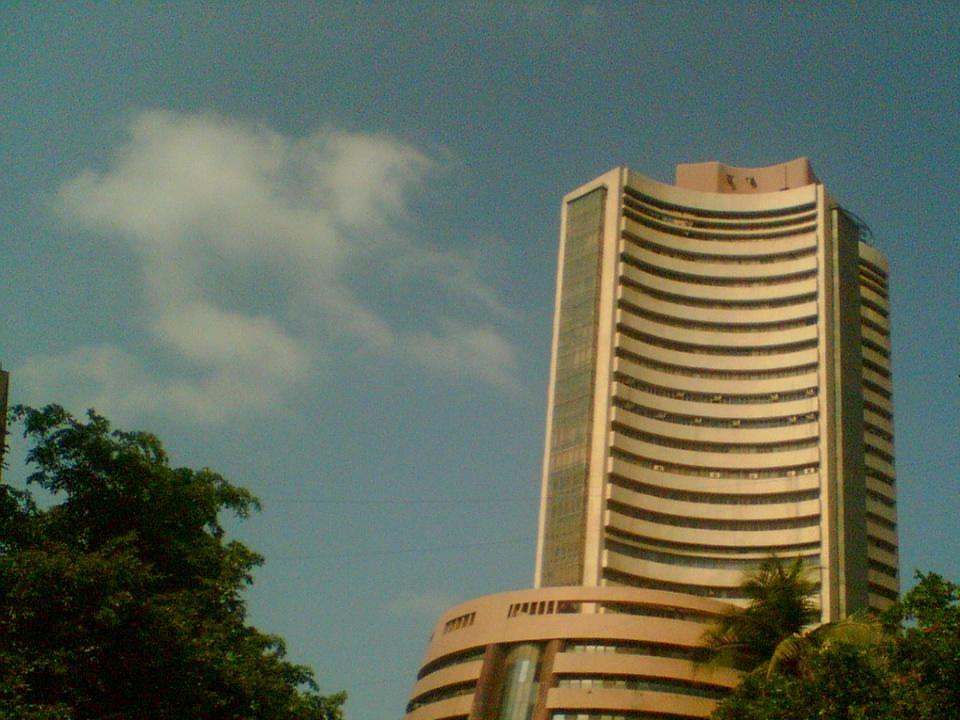 After a long wait, BSE Limited IPO is set to open for subscription on 23 January 2017. BSE IPO kickstarts the action in primary market in the new year through the INR1,243.4 crore (INR12.4 billion) offer which is entirely a sale by existing investors. As a result, the company will not get any proceeds from the offer which is largely an exercise to offer liquidity to existing shareholders (that’s a long and impressive list but more on that later).
After a long wait, BSE Limited IPO is set to open for subscription on 23 January 2017. BSE IPO kickstarts the action in primary market in the new year through the INR1,243.4 crore (INR12.4 billion) offer which is entirely a sale by existing investors. As a result, the company will not get any proceeds from the offer which is largely an exercise to offer liquidity to existing shareholders (that’s a long and impressive list but more on that later).
The IPO is priced in the extremely narrow range of INR805-806 per share. Bids can be placed in multiples of 18 shares. The IPO will be managed by a clutch of investment bankers including Edelweiss Financial Services, Axis Capital, Jefferies India, Nomura Financial Advisory, Motilal Oswal Investment Advisors, SBI Capital Markets, SMC Capitals, and Spark Capital Advisors while Karvy Computershare has been appointed the registrar.
As one can expect, BSE IPO is going to create quite a buzz in the market but like several other high-profile IPOs in the past, it runs the risk of getting crushed under the weight of expectations. Through this BSE IPO review, we try to weigh the positives and negatives and get a sense if it is logical for retail investors to subscribe.
|
BSE IPO details |
|
| Subscription Dates | 23 – 25 January 2017 |
| Price Band | INR805-806 per share |
| Fresh issue | Nil |
| Offer For Sale | 15,427,197 shares |
| Total IPO size | INR1,243.43 crore |
| Minimum bid (lot size) | 18 shares |
| Face Value | INR2 per share |
| Retail Allocation | 35% |
| Listing On | NSE |
BSE IPO Review: All OFS, no new shares
As we have noted in this past article, BSE Limited IPO entails sales of existing shares by old investors and will not generate any new funds for the company. While we are not a big fan of pure OFS issues, BSE IPO is a different ball game altogether with its long list of marquee investors. These institutional investors have been around for long and had lobbied hard for an IPO to increase liquidity in BSE shares.
The list includes the likes of Deutsche Boerse, Singapore Exchange, billionaire investor George Soros’ Quantum, Caldwell Securities, Atticus apart from domestic institutional investors State Bank of India (SBI), Life Insurance Corporation of India (LIC) and Bajaj Holdings and Investment. Many of these foreign investors came on board in 2007 and accordingly, it has been a waiting period of nearly 10 years.
BSE IPO Review: Cornered by NSE
BSE – Asia’s oldest stock exchange – has been long known as a bad boys club through its arcane and dated processes and policies and thus came the National Stock Exchange (NSE) into competition in 1994. The new entrant relied heavily on technology as opposed to BSE’s outcry system and captured market share from BSE in almost every segment after introduction of online trading. BSE was actually among the better-offs coming out of the damage caused to traditional stock broking by dematerialization and electronic trading. These trends were the final nails in the coffins of several regional exchanges and BSE survived as it adapted to these changes in time.
As of now, BSE has one of the broadest product ranges among all the functional exchanges in the country and is looking to add commodity derivatives to its current portfolio.
In recent years, there have been several new products such as interest rate derivates and currency derivatives introduced in the market. However, it is equity derivatives market which takes the lion’s share of 85% of the total traded turnover on Indian exchanges and BSE has a market share of just 6% in this category. It has done relatively better in interest rate derivates and currency derivatives, although NSE has an edge in these segments too.
 Source: NSE DRHP
Source: NSE DRHP
BSE IPO Review: Financial performance
As we mentioned above, BSE has taken a beating in recent years from rival NSE and this shows in its financial performance. Although revenues have grown in the last two years, this is largely because of the increase in listing fee.
Although its revenues from securities services have increased in these years, it is the services to corporates which helped in increasing overall revenues. The biggest component in services to corporates is listing fees which grew from INR48.3 crore in FY2014 to INR144.6 crore in FY2016. It is noteworthy that the exchange’s consolidated revenues grew by nearly INR128 crore between FY2014 and FY2016. The only other notable increase was in income from depository services which grew from INR87 crore to INR122.6 crore in these years.
Read More: After BSE, depository subsidiary CDSL plans IPO
Another important aspect is the fact that its earnings have not grown in the recent years. Net profits have moved sideways with a clear bias on the downside and net margin in the latest year got reduced to just 18.6% as opposed to 29.8% in FY2012. In comparison, rival NSE’s net margin was much higher at 41.8% in FY2016.
|
BSE Limited’s consolidated financial performance (in INR crore) |
|||||
| FY2012 | FY2013 | FY2014 | FY2015 | FY2016 | |
| Total revenue | 578.7 | 552.9 | 529.8 | 624.7 | 658.3 |
| Total expenses | 254.2 | 272.8 | 275.1 | 378.9 | 420.1 |
| Profit after tax | 172.4 | 118.8 | 135.2 | 129.7 | 122.5 |
| Net margin (%) | 29.8 | 21.5 | 25.5 | 20.8 | 18.6 |
Source: BSE RHP
BSE IPO Review – What do valuations and sentiment suggest?
As the above mentioned details explain, BSE is on a shaky ground with strong competition from NSE and other emerging exchanges such as MCX, National Commodity Derivatives Exchange (NCDEX) and Metropolitan Stock Exchange of India (MSEI). This is naturally putting a pressure on BSE’s revenues as well as earnings. Although BSE’s newer initiatives such as Star mutual fund investment platform and BSE SME platform are doing well, these developments are far from offsetting the impact on its main business of equity cash and derivative trading. An associated worrisome trend is the falling profitability. For prospective investors, it is simply a losing proposition to invest in a business that has expanding top-line but reducing margins.
At the same time, there is no denying that exchanges in India are still in the development phase with ample headroom for growth in retail participation. Equity as percentage of financial savings in India is at a remarkably low level of 5%. This contrasts with 14% in China, 15% in Brazil, 20% in Indonesia and 42% in USA. This is going to increase as government is also taking steps to boost equity investments in India (allowing EPFO to invest in equity markets being a case in point).
Read Also: Upcoming IPOs in 2017 to keep an eye on
Since BSE has all these negatives, it helps that the company has been rational in pricing the IPO. According to its FY2016 results, the EPS of INR22.45 values the company at a PE ratio of 35.9 but it wouldn’t be a good indicator since we have six month financial results of the company available. In the latest six months, BSE’s consolidated EPS stood at INR19.22 which roughly puts a PE ratio of 21 on simple annualized earnings. While this is not an accurate measure either, it still serves the purpose of a meaningful comparison with its closest listed rival MCX. Since MCX – which operates only in commodity contracts – trades at a PE multiple of 40, BSE appears to be attractively priced. It is worth highlighting though that net profit margins of MCX are quite high at 49.3% as the company has limited competition as of now.
To wrap up BSE IPO review, we just want to make an exception, put aside valuations and look at the sentimental aspect of the IPO. Here is a chance to own a slice of 140 year old organization that has survived, fought back and reinvented itself again to compete effectively with the new market order. As we noted in the analysis earlier, it just helps the case that the IPO is made available at a discount to its competitors and has positive sentiments in the secondary market. A look at brokerage house recommendations may help you and you may find our BSE IPO discussion page helpful as well.










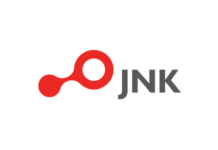


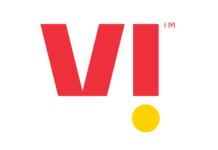


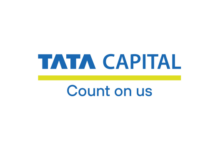




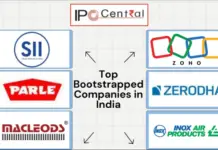





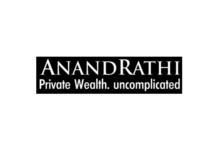

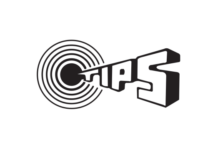



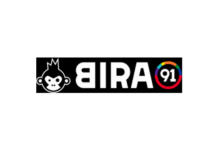




Superb analysis. Keep up the good work guys. Thanks.
Thanks Rinkesh. Your feedback keeps us going!
bhaiyo premium 130+ lagao lagao sonu tantrik bhi lagaiyega omm naMAH SIVAH…